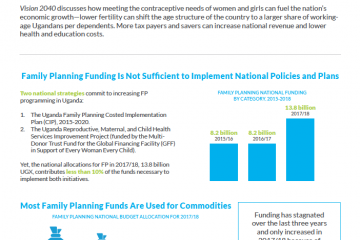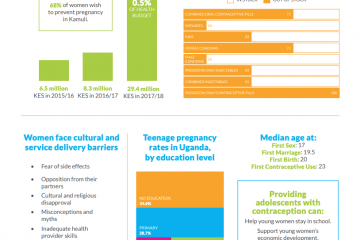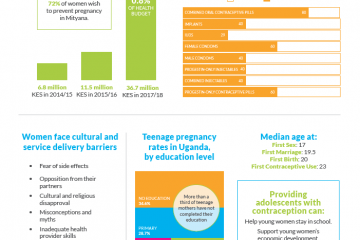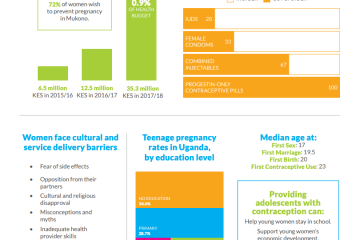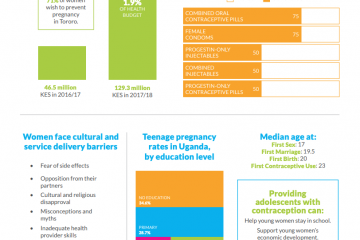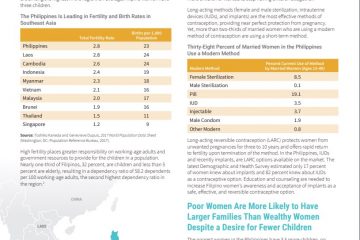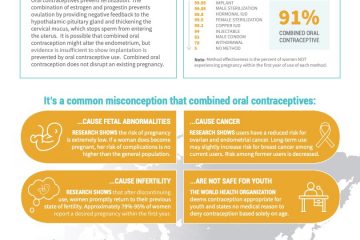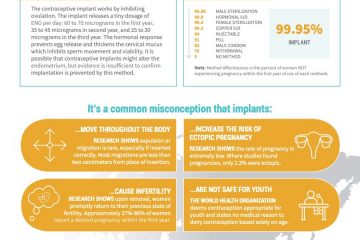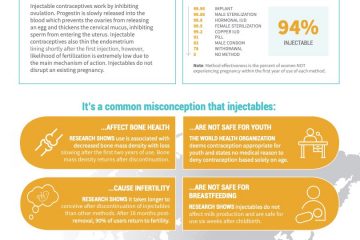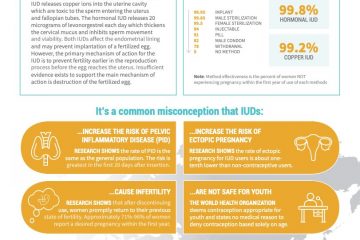Quick Links

Addressing the Need for Family Planning Investment in Uganda
Uganda has two national strategies that commit to increasing family planning programming. Yet, the national allocations for family planning in 2017/18 contributed less than 10 percent of the funds necessary to implement both strategies. At the district level, allocations dedicated to family planning were so minimal that in most cases they comprised less than 1 percent of the health budget.
PRB partnered with DSW Uganda to create a video and fact sheet that make the case that family planning benefits all Ugandans. The products also call on the national government to ensure that all modern family planning methods are available in health facilities, reserve additional funding in the national budget to implement family planning programming, and encourage district councils to adhere to budget guidance provided in previous guidelines.
A series of subnational fact sheets spotlight the unique contraception access barriers and family planning budget allocations in Kamuli, Mityana, Mukono, and Tororo districts, and make context-specific recommendations for actions that district officials can take to improve family planning.
Uganda: Need for Investment in Family Planning
Quick Links

Addressing Misconceptions About Family Planning in the Philippines to Drive Change
The Philippines has the largest annual population growth rate in Southeast Asia, with family sizes and birth rates that are among the region’s highest. In 2016, two million pregnancies occurred to Filipino women who wanted to wait to have more children or stop having children altogether. Yet, more than two-thirds of married women use less effective, short-acting contraceptive methods, such as pills or condoms.
PRB partnered with The Forum for Family Planning & Development, Inc., in the Philippines to create a suite of products to address misinformation about family planning methods and convince policymakers to fund family planning services.
- A video highlights the state of family planning in the Philippines. It also emphasizes the need to provide universal access to a full range of contraceptive methods and provide reproductive health education and counseling for women and their partners.
- Infographics outline available contraceptive options, their effectiveness, and common misconceptions about oral contraceptives, implants, injectables, and intrauterine devices.
- A fact sheet targeting policymakers emphasizes the need to transition political support for family planning into tangible action.

